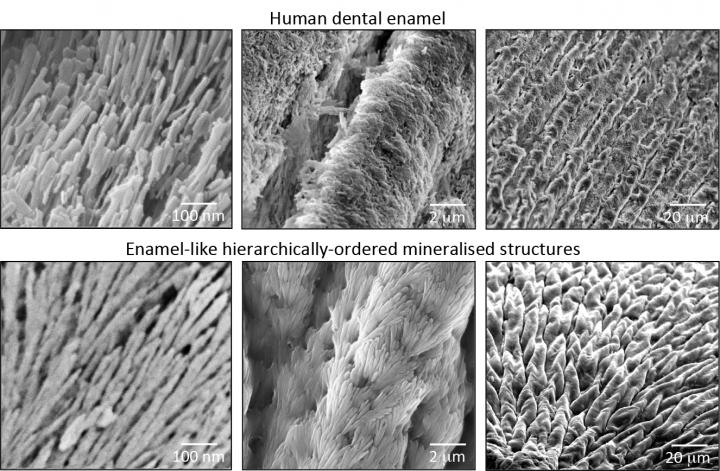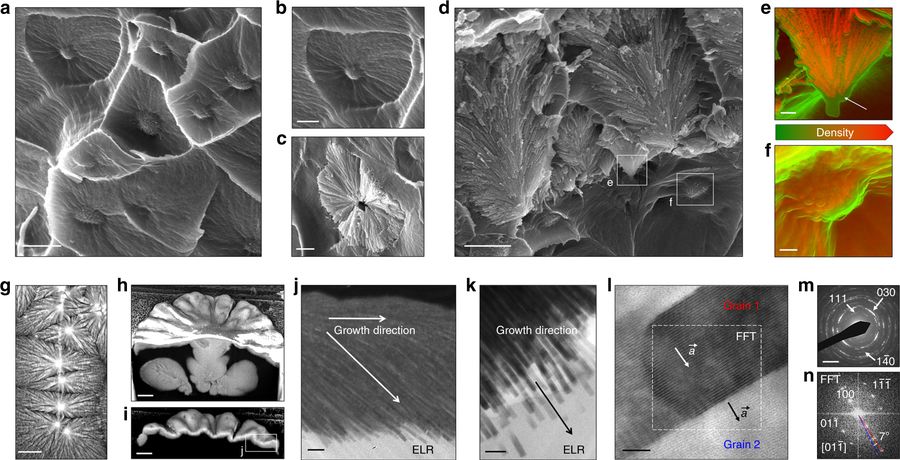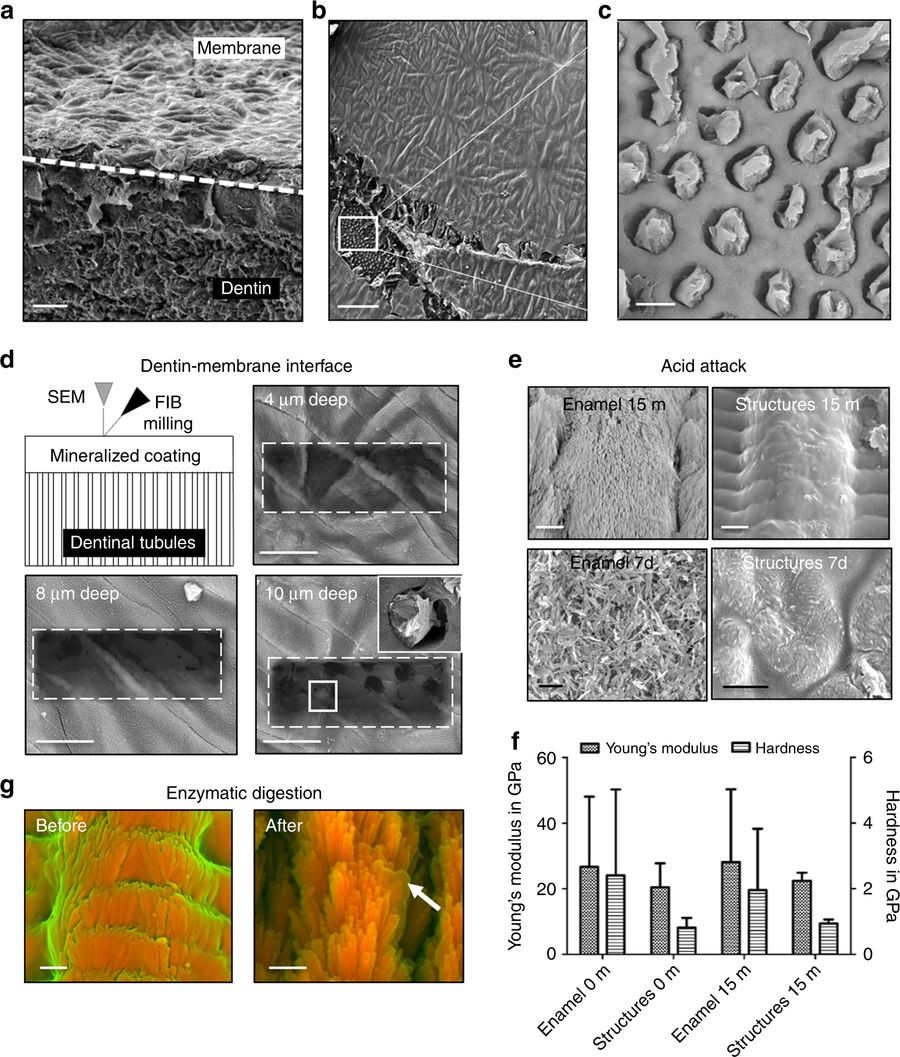
Scientists Just Developed NEW Material That Can Regenerate Dental Enamel
Melinda Cafferty
Enamel, located on the outer part of our teeth, is one of the most remarkable structures of the human body if you think about it. It is the hardest tissue in the body and enables our teeth withstand bites, occasional accidents, exposure to acidic foods and drinks and extreme temperatures. And this carries on from the time we first get our permanent teeth! Enamel can perform this way because of its “highly organized structure.”
Researchers at Queen Mary University of London have developed a new way to grow mineralized materials which could regenerate hard tissues such as dental enamel and bone.
They say that, unlike other tissues of the body, enamel cannot regenerate once it is lost which could lead to pain and loss of teeth, and that up to 50 percent or more of the world suffers this problem. Finding ways to recreate enamel has long been a major need in the recent history of dentistry.
Queen Mary London University reports:
The study, published in Nature Communications, shows that this new approach can create materials with remarkable precision and order that look and behave like dental enamel.
The materials could be used for a wide variety of dental complications such as the prevention and treatment of tooth decay or tooth sensitivity – also known as dentin hypersensitivity.
Dr Sherif Elsharkawy, a dentist and first author of the study from Queen Mary’s School of Engineering and Materials Science, said:
This is exciting because the simplicity and versatility of the mineralisation platform opens up opportunities to treat and regenerate dental tissues. For example, we could develop acid resistant bandages that can infiltrate, mineralise, and shield exposed dentinal tubules of human teeth for the treatment of dentin hypersensitivity.
Report cont.:
The mechanism that has been developed is based on a specific protein material that is able to trigger and guide the growth of apatite nanocrystals at multiple scales – similarly to how these crystals grow when dental enamel develops in our body. This structural organisation is critical for the outstanding physical properties exhibited by natural dental enamel.
Lead author Professor Alvaro Mata, from Queen Mary’s School of Engineering and Materials Science, said:
A major goal in materials science is to learn from nature to develop useful materials based on the precise control of molecular building-blocks. The key discovery has been the possibility to exploit disordered proteins to control and guide the process of mineralisation at multiple scales. Through this, we have developed a technique to easily grow synthetic materials that emulate such hierarchically organised architecture over large areas and with the capacity to tune their properties.
Honestly, we don’t really know the implications of this discovery or how it would work in the human body. What would the health ramifications be of introducing nanominerals into the human body that weren’t created by the body itself? Regardless, the researchers consider this feat a triumph for advancement and those with these kinds of protein disorders. They said, “Enabling control of the mineralisation process opens the possibility to create materials with properties that mimic different hard tissues beyond enamel such as bone and dentin.”
https://www.naturalblaze.com/2018/06/scientists-developed-new-material-regenerate-dental-enamel.html




